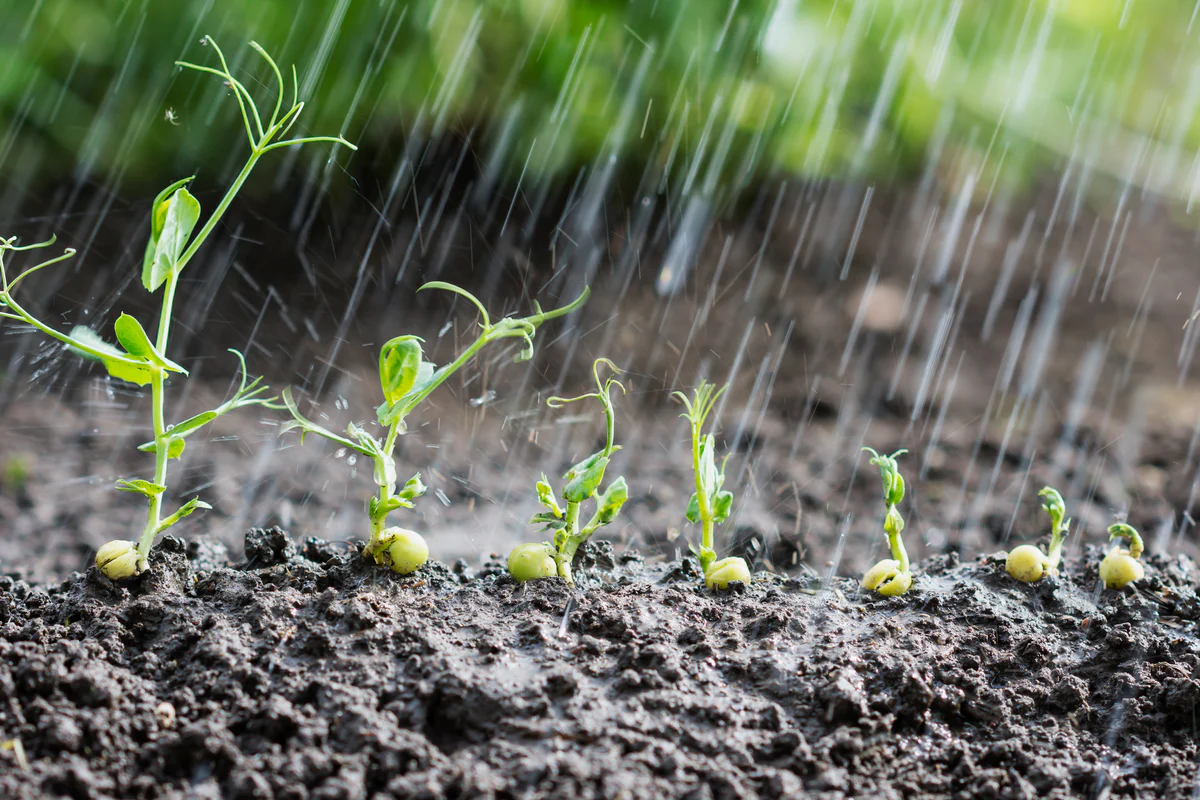How Harmful Bugs Destroy Our Garden

Watering your plants correctly is essential for their health and growth. One of the best ways to determine their needs is by closely observing them. By checking the soil, examining the leaves, monitoring growth, and looking out for pests and diseases, you can ensure your plants receive the right amount of water. Understanding how water absorbs into the soil can also help you adjust your watering routine for optimal plant health.
1. Check the Soil
One of the simplest and most effective ways to determine if your plants need water is by checking the soil. Stick your finger about an inch into the soil to assess its moisture level. If the soil feels dry, it’s a sign that your plants need water. However, if the soil feels damp or even soggy, it might indicate overwatering. Overwatered soil can sometimes have a musty or unpleasant smell due to a lack of oxygen and the presence of root rot. Root rot can severely damage plants, making them unable to absorb water and nutrients properly. If you suspect overwatering, allow the soil to dry out before watering again, and consider improving drainage by loosening the soil or using pots with drainage holes.
2. Look at the Leaves
The leaves of a plant can tell you a lot about its overall health and watering needs. If your plant’s leaves are wilting during the hottest part of the day but seem to recover by evening, it is likely experiencing temporary heat stress rather than dehydration. However, if the leaves remain wilted even in the morning, this is a strong indication that the plant is thirsty and needs water.
Yellowing leaves are another common sign of overwatering. When plants receive too much water, their roots may become waterlogged, leading to nutrient deficiencies and yellowing foliage. On the other hand, if you notice brown, crispy edges on leaves, this could be a sign of underwatering, excessive sun exposure, or even low humidity. Adjust your watering schedule based on these visual cues to maintain plant health.
3. Observe Growth
A healthy plant will grow steadily, producing vibrant and robust foliage. If you notice that your plants are growing slowly, appear weak, or have droopy stems, they may be lacking water or essential nutrients. Water helps transport nutrients from the soil to different parts of the plant, so inadequate watering can lead to stunted growth.
On the other hand, if your plant appears lush, strong, and full of healthy new growth, your watering routine is likely effective. If you are unsure whether slow growth is due to watering issues or a nutrient deficiency, consider testing your soil to check its nutrient levels.
4. Check for Pests & Disease
Overwatering not only affects the health of your plant but can also make it more susceptible to pests and diseases. Excess moisture creates the perfect environment for mold, mildew, and fungal infections to thrive. Additionally, certain pests, such as fungus gnats, are attracted to damp soil and can cause further harm to your plants.
To prevent these issues, regularly inspect your plants for signs of disease or pest infestations. Check under the leaves and along the stems for small bugs, black spots, or fuzzy white growths, which could indicate a fungal infection. If you notice any of these signs, consider adjusting your watering habits, improving air circulation around your plants, or using natural pest control methods.
5. Notice How Fast Water Absorbs
Understanding how quickly water absorbs into your soil can help you tailor your watering routine to your specific garden or potted plants. If water drains too quickly, your soil may be sandy and unable to retain moisture effectively. In this case, you may need to water more frequently or add organic matter, such as compost or mulch, to help improve moisture retention.
Conversely, if water pools on the surface and takes a long time to soak in, your soil is likely heavy in clay, which retains moisture longer. While this can reduce the frequency of watering, it also increases the risk of overwatering. If you have clay soil, consider watering slowly to allow better absorption and improving aeration by mixing in sand or organic material.
Final Thoughts
Observing your plants regularly can help you determine when and how much to water them. By checking the soil, leaves, and growth patterns, as well as monitoring for pests and understanding soil drainage, you can create a more effective watering routine. Proper watering ensures that your plants remain healthy, vibrant, and resistant to diseases, leading to a thriving garden.
